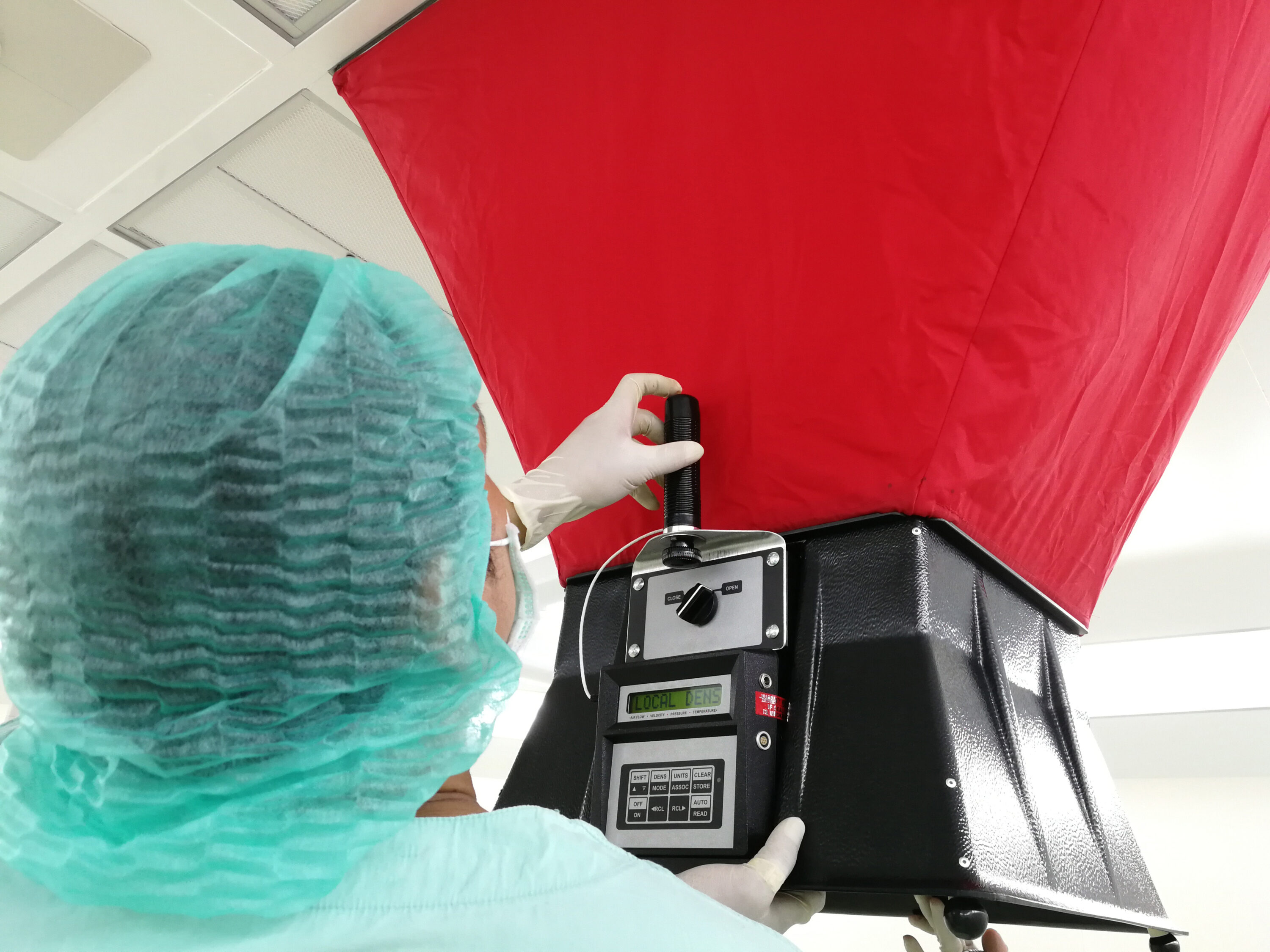A Little Bit About Testing, Adjusting and Balancing
Testing, adjusting and balancing (TAB) is the art, science and best engineering practice of gathering physical values of system fluid flows (air or water), comparing them to design/code/compliance criteria, and adjusting dampers/diffusers/grilles (air) or circuit balancing valves (water) to match design/code/compliance criteria, within an established percentage, to achieve optimum performance of the building’s environmental equipment.
The accurate test and balance of a building ensures that the heating, ventilating and air conditioning (HVAC) systems are operating at an optimum level. Bringing comfort to the building occupants while providing energy efficiency to the owner are two of the key benefits of our HVAC air test and balance services.

